We’re excited to introduce you to the always interesting and insightful Ryan Neil. We hope you’ll enjoy our conversation with Ryan below.
Ryan , thanks for taking the time to share your stories with us today We’d love to have you retell us the story behind how you came up with the idea for your business, I think our audience would really enjoy hearing the backstory.
The creation of Mirai happened in my head over the six years I apprenticed myself to Masahiko Kimura, the most revolutionary figure in Japanese bonsai and the most revered bonsai master in the world. Days were long, starting at 7 a.m. and ending between 10 p.m. and midnight, 7 days a week. I had a day off once every 2-3 months. My reprieve from the demanding nature of my apprenticeship, as well as my coping mechanism, was to envision a purpose and justification for the sacrifice and dedication. I imagined building a garden rivaling that of my master, where bonsai was pursued at the highest level but from a uniquely western perspective inspired by the native landscapes of North America and Europe. I would dream about the layout of my workshop and it being filled with students and apprentices of my own cutting their teeth in the incubator of Mirai. My heart would flutter thinking about this space functioning like the studios of the great master painters during the renaissance with creative ideas openly exchanged to advance the art of bonsai. These ideas drove me, motivated me, pushed me to succeed as an apprentice, but I was calmly aware, these ideas would not support me. Were these students paying? Was the work being sold? Is commoditizing the tree and my work moral, ethical, or sustainable? Was that something I wanted to do?
I realized, unlike Japan and the patronage model that had driven Japanese bonsai to the highest level of artistry, the United States and the Western world needed something different. People in the West want to do bonsai themselves and engage with the trees on their own terms. I could use my work to prove out concepts, create aspirational benchmarks, and teach students through a higher level of technique and artistry, but ultimately Mirai needed be built around something more sustainable. What was something I could commoditize that felt positive and forever renewable? Education. I invested in knowledge when I apprenticed myself to my master. In doing so I’d developed a skill set no other Westerner had and very few Japanese bonsai professionals had. Through the pursuit of a world class garden filled with world class trees I could market my approach and create value in my knowledge, but I also could use the garden to continue evolving my own approach and education to have a never-ending supply of information that was always evolving and creating fresh ways to sustain our approach. In essence, I could have my cake and eat it too.
Upon returning from Japan I immediately started building my garden, workshop, and the infrastructure to be teaching online. I had to travel and educate in person to build the credibility that could support educating online. It took seven hard fought years before Mirai Live launched in 2017. However, removing the limitation of physical presence and offering knowledge to the world that had never been made available before proved to be exactly how bonsai in the west could be scalable and sustainable. 6 years later on the cusp of launching the fully fleshed out system of education I dreamt of laying in my apartment back in Japan so long ago, the future continues to evolve in ways motivated by sharing the love, passion, and knowledge that empower people to pursue this wonderful art form.
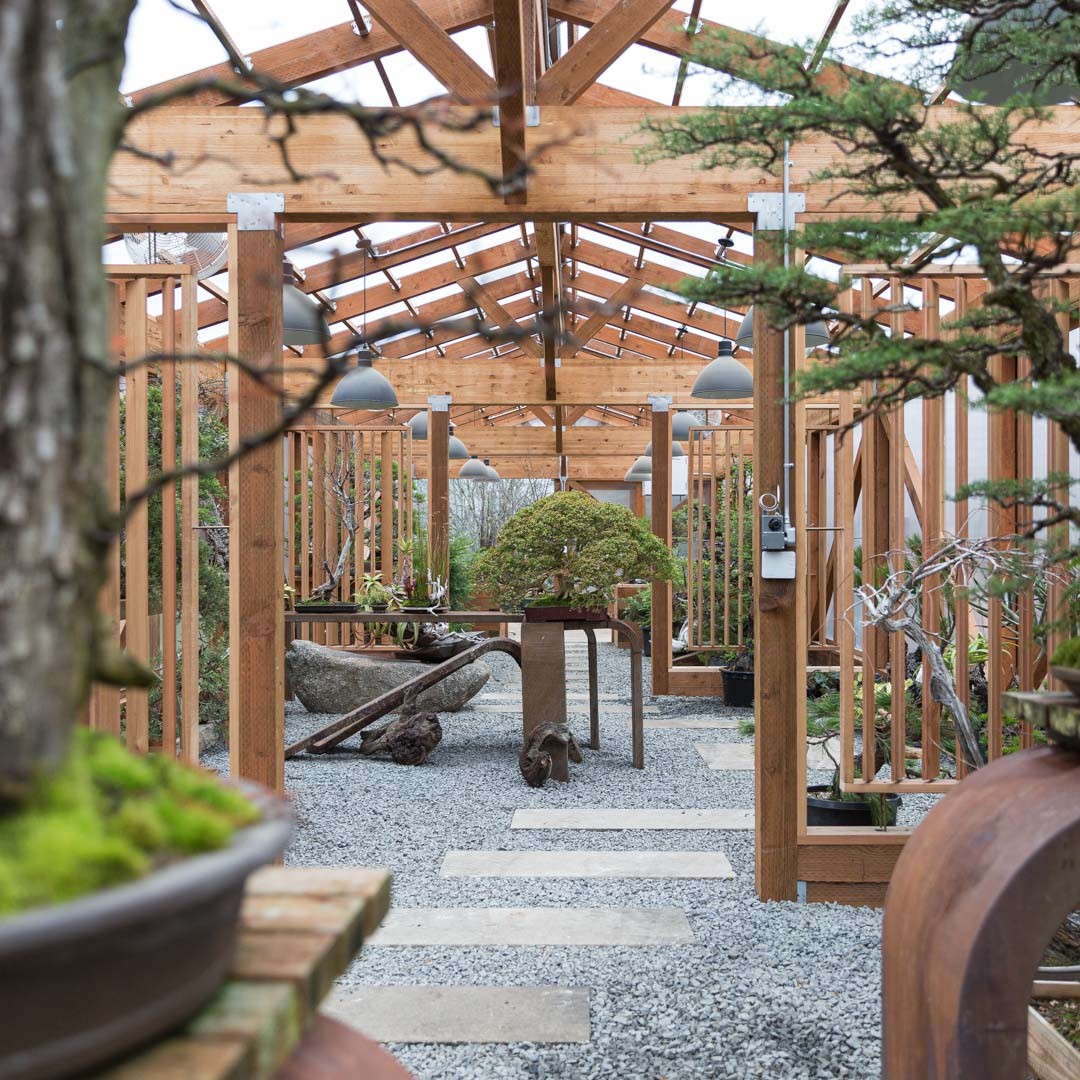
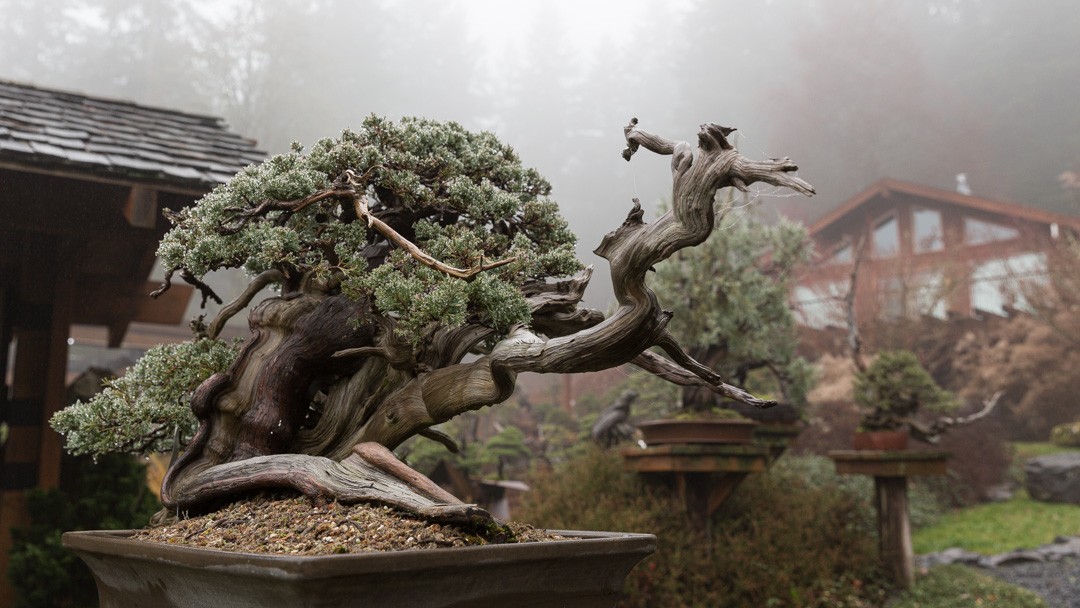
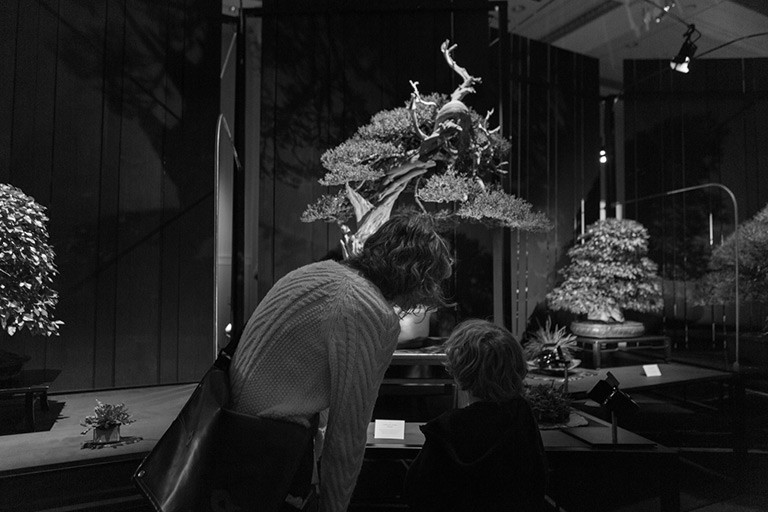
Awesome – so before we get into the rest of our questions, can you briefly introduce yourself to our readers.
My name is Ryan Neil. I’m a bonsai professional. Yes, that is a job, I make bonsai trees for a living.
This whole journey started when I was 12 years old. I saw bonsai at a summer fair where I grew up in Colorado. I was so struck by the attitude and gesture of these tiny trees and the style they possessed. I rode my bike to the local library and checked out every book they had. I walked my bike home with 50 pounds of books on the back and paid a ridiculous sum in late fees spending every waking hour of my summer break combing through the pages. I knew the moment I saw bonsai that it was something I wanted to do for the rest of my life.
One month in to this immaculate conception of passion and pursuit a family friend handed me an issue of Bonsai Today (an American bonsai publication no longer in print). In it was an article about the styling of a yamadori juniper (tree collected from the wild). The artists’s name was Masahiko Kimura. I was awed by the artistry and technique Mr. Kimura applied to the juniper. The finished tree was transformed in ways I didn’t know were possible, with a style and attitude that almost made the tree look human to me. Once I was exposed to the work of Masahiko Kimura I knew his style was the only style I wanted to study and I charted a course to pursue an apprenticeship with Mr. Kimura knowing this was the direction my life needed to go.
After obtaining a degree in Horticulture from California Polytechnic State University at San Luis Obispo, California, I moved to Japan and apprenticed with Mr. Kimura for 6 years. Upon returning to the United States I based my operation outside of Portland, Oregon. Mirai continues to pursue and define the future of bonsai in the West to this day.
Mirai is a Japanese word that means the unobtainable future. It’s a dream, a vision, that is always evolving and ever out of reach; almost like a pot of gold at the end of a rainbow….you’ll never find that end, you’ll never reach Mirai even though Mirai will continue to exist. As a facility, Mirai houses the cutting edge creations of Ryan Neil the bonsai artist. Through the Mirai in the Wild series we’ve evolved the approach of bonsai from being a Japanese cultural practice to being a representation of the native landscape taking our trees in to wild environments and exploring the influence of the environment on the artistic outcome of bonsai creation. As a business, Mirai educates the world, both in person and online through our member-based educational platform Mirai Live. We dive deep into the techniques, artistic concepts, and nuances that give people the ability to successfully grow and create bonsai.
In addition to my artistic pursuits and Mirai’s educational offerings, we also curate a selection of handmade goods from artists around the world. Mirai holds artist in residencies for ceramic artists, wood-workers, and bonsai-makers, as the company continues to expand our evolving book of artists whose work we represent and distribute.
Through all of Mirai’s business endeavors, the ultimate goal of the company has always been to explore the function of bonsai in culture, nature, and the individual. Using bonsai as a metaphor to dissect the interconnected web of this triad of concepts, we’ve been able to find purpose beyond hobby and pleasure, in using bonsai as an ultimate connector illustrating the relationship humans have to nature and the environment. Mirai inspires and educates bonsai practitioners, but on a grander scale, Mirai uses bonsai to highlight the human relationship with nature and our responsibility to conserve and sustain our wild and natural places through the interactions we have and choices we make one tiny tree at a time.

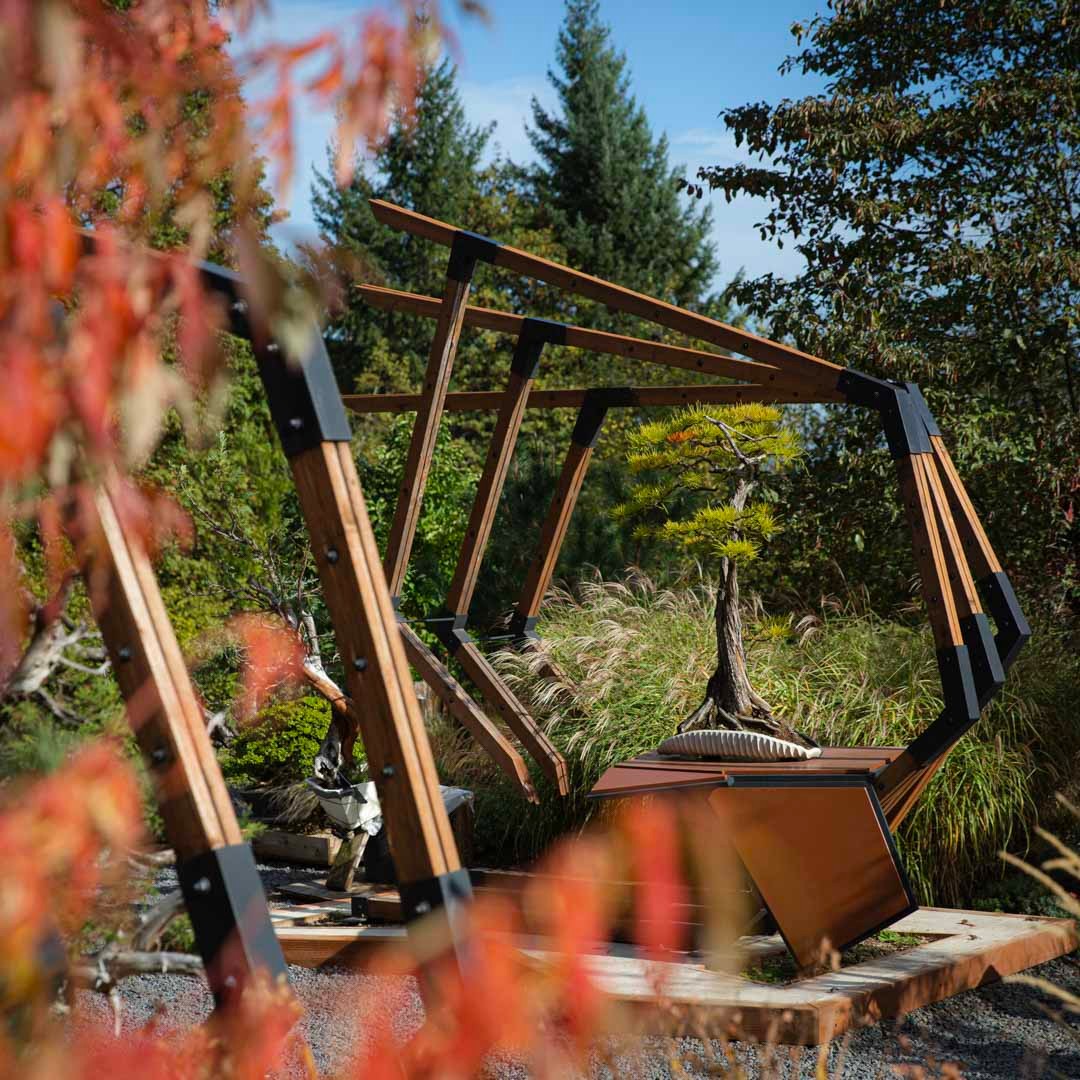

Can you open up about a time when you had a really close call with the business?
Isn’t every entrepreneurial endeavor a series of near death experiences? Mirai is full of these stories from the day I moved into the house on site to the record-breaking heat wave Portland experienced in 2021 that almost spelled the end of the garden. On a business level, the make or break for Mirai as a company came with the execution of The Artisans Cup.
Between 2010 and 2015 Mirai focused on educating students on a higher level of bonsai. I taught students design and horticulture, showed them techniques they couldn’t learn anywhere else, and opened students’ eyes to the infinite possibilities of combining trees, ceramics, and woodwork to create a cohesive artistic statement with bonsai as the medium. The question still remained though, how do you create a market and continue to motivate people? Bonsai is an unforgiving art. We work with a living medium. It can die, it can struggle, bonsai experience setbacks. How do I incentivize students to endure, to find meaning in failure? How do I motivate students to persevere and to continue the pursuit of excellence when moments of failure are inevitable?
I had an idea. What if we created a definitive gesture to once and for all move bonsai out of the realm of hobby and push it into the canon of art. An exhibition the likes of which had never been seen, in an institution (the Portland Art Museum) that breaths and bleeds the discriminating ideals of art….who wouldn’t want to be a part of this? Who wouldn’t want to help us fund this? What could go wrong?
On the last weekend of September, 2015, the doors opened at the Portland Art Museum to unveil the first exhibition of its kind in the world. The Artisans Cup broke the museum’s attendance records and word of its profundity spread across the bonsai world. Skylab, the architecture studio responsible for recreating the experience of walking through the American forest that defined the Artisans Cup won an AIA award of excellence for the exhibition. The demand for bonsai and the awareness of Mirai as an institution pushing the level of bonsai as art reached unexpected highs.
However, behind the scenes the Artisans Cup and my belief in its power almost broke me and Mirai. I leveraged my house, my garden, my trees, and everything I had worth a dime to make the event happen. Financial support for the event was low, funding never came through, and every single entity in Portland that stood to benefit from supporting such a ground-breaking project turned their nose up at the thought of contributing. Had it not been for a handful of dedicated students and bonsai practitioners and local financial institution who felt they could take a risk we would not be talking today.
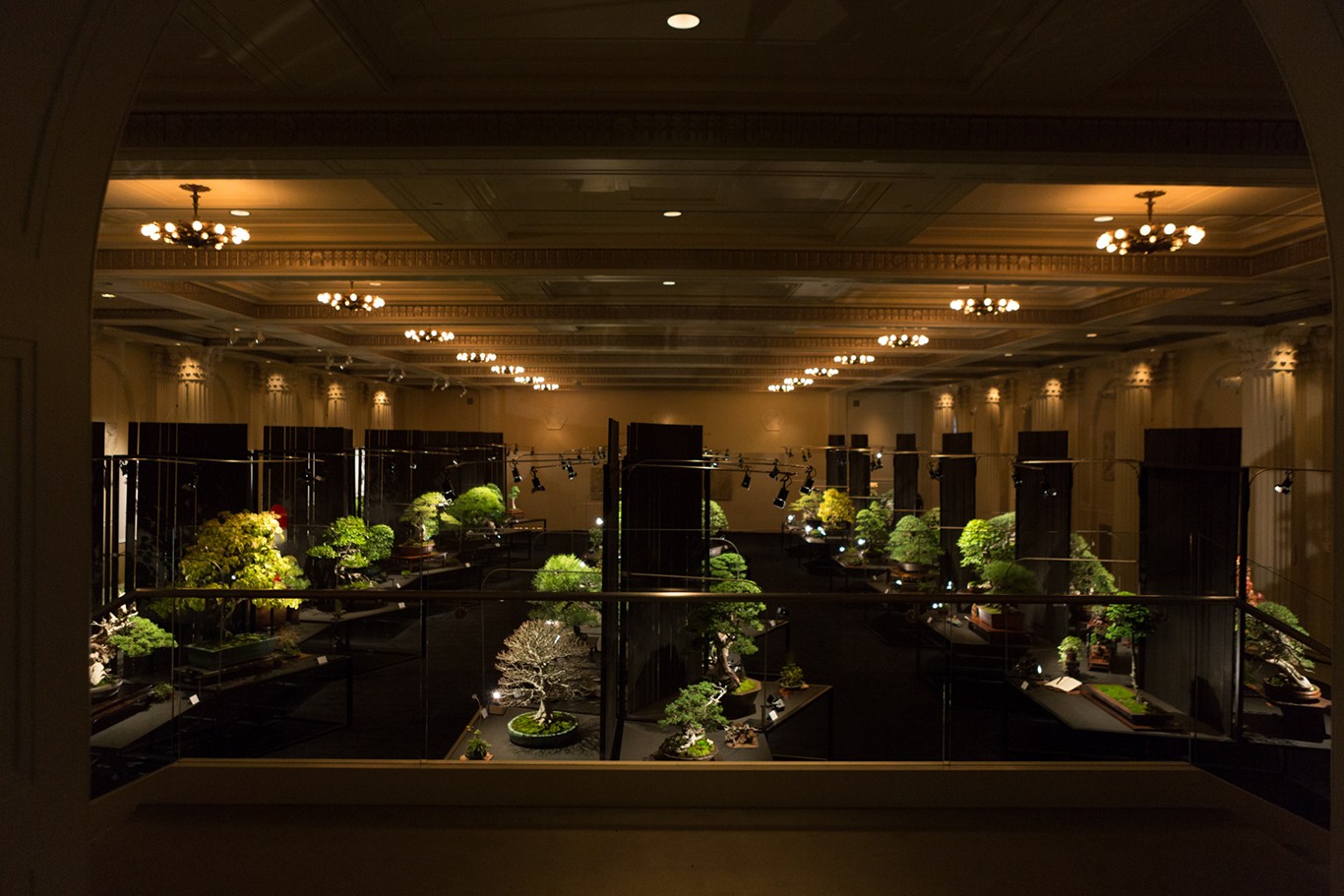

We’d love to hear about how you keep in touch with clients.
When I was building Mirai I aspired to raise the level of bonsai through pursuing bonsai excellence at the highest level. I had to decide early on what that meant in terms of operating a bonsai business. I’d grown up watching my dad build a business from the ground up. He had always focused on offering a higher level of service to a smaller number of loyal clients. Yes, overhead was higher, but the loyalty and return during good times and bad created a very stable business model for him. I followed suit.
Mirai was built to prioritize the dedicated bonsai practitioners of the world. Our online education democratized the knowledge and has allowed us to grow beginning students into advanced practitioners. However, Mirai’s beating heart is high-level bonsai practitioners who want to learn and want to SHARE what they learn. These are the same people leading bonsai clubs throughout the world. The same people showing trees at exhibitions. The same people who are teaching their own groups of students. The temptation in business generally centers around attacking the broadest market, but Mirai specialized in addressing the needs of the tallest tip of the pyramid with the hopes it would trickle down. It has, and with it so has brand loyalty through informal brand ambassadors and the continued correspondence with Mirai’s highest level students continuing to grow and study and pass the knowledge on to each of their individual communities.
Contact Info:
- Website: bonsaimirai.com
- Instagram: @bonsaimirai
- Facebook: facebook.com/bonsaimirai
- Youtube: youtube.com/bonsaimirai
- Other: live.bonsaimirai.com
Image Credits


